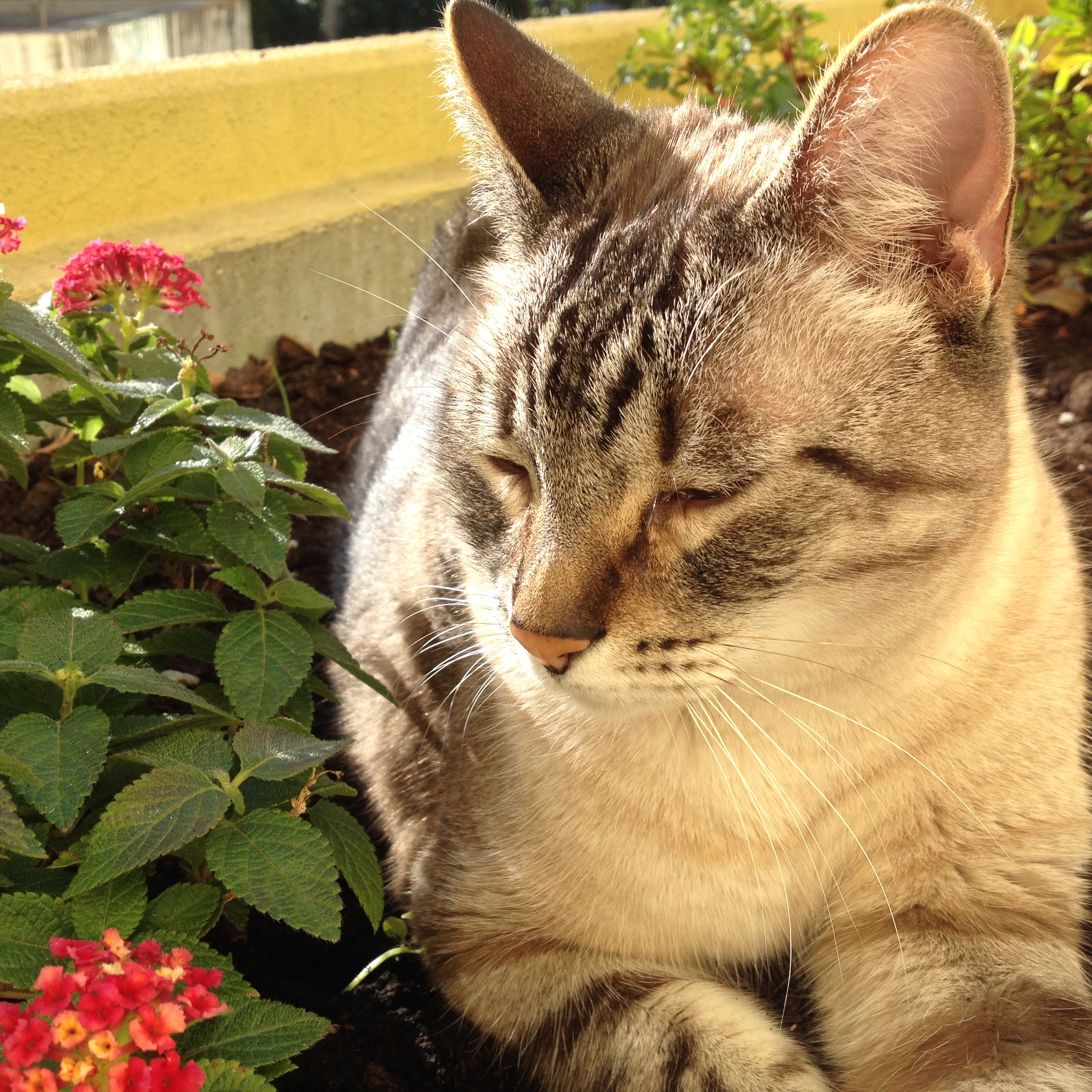INFECÇÃO POR MICOPLASMAS HEMOTRÓPICOS FELINOS NUMA COLÓNIA DE GATOS ERRANTES DA ILHA DE FARO
Resumo
Hemoplasmosis is a disease caused by ubiquitous bacterial agents, called hemotropic mycoplasmas, that infect erythrocytes of several mammals and are cause of hemolytic anemia. There are three species that may infect cats – Mycoplasma haemofelis, “Candidatus Mycoplasma haemominutum” and “Candidatus Mycoplasma turicensis” –presenting different degrees of pathogenicity. The present study aimed to determine, by molecular techniques, the presence of infection caused by these agents in a colony of 157 stray cats from Faro Island. DNA samples, isolated from peripheral blood of the tested animals, were submitted to PCR to amplify a 16S rDNA gene fragment of Mycoplasma spp.. PCR products were, then, submitted to restriction enzyme hydrolysis or DNA sequencing to identify the infecting species. In parallel, the studied population was categorized by age, sex and presence of ectoparasites; potential relationships between Mycoplasma spp. infection and epidemiological variables were also investigated. A percentage of 20.4% positive PCR results was obtained. The percentage for the different species was, in order of decreasing percentage: 7% for “Candidatus Mycoplasma haemominutum” single infection, followed by Mycoplasma haemofelis with 4.46% and “Candidatus Mycoplasma turicensis” in 1.72% of samples. Mixed infection of Mycoplasma haemofelis and “Candidatus Mycoplasma haemominutum” was found in 7.64% of the animals. Statistical analysis showed a significant association between Mycoplasma spp. infection and being male or adult. The present work contributed to increase the knowledge about hemotropic mycoplasmas infection in stray cats from Faro Island, not only in relation to their distribution and different infecting species, but also to its associated risk factors.


